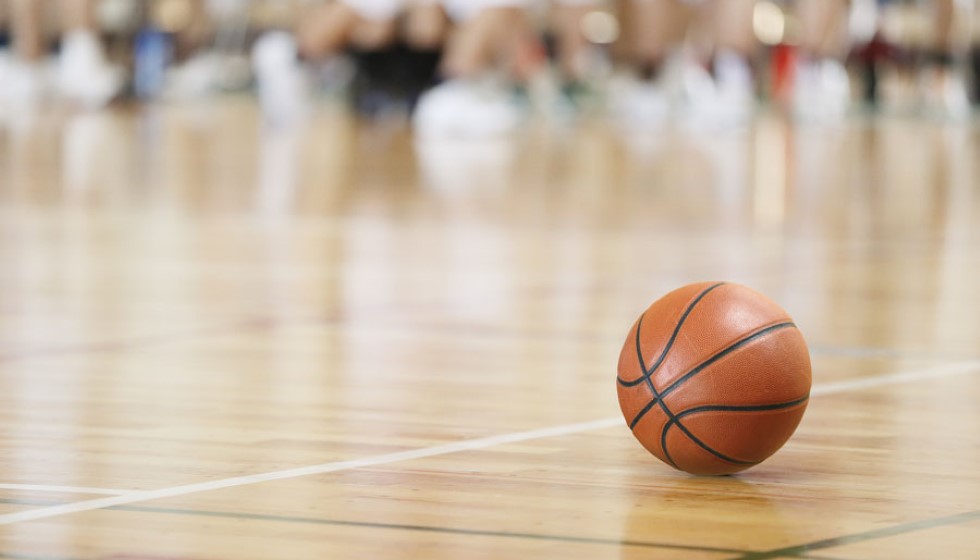
The New Orleans Pelicans have made their stance clear: Brandon Ingram isn't going anywhere, at least not anytime soon. Despite the swirling trade rumors and the ongoing contract extension saga, both the Pelicans' front office and Ingram himself appear committed to navigating the murky waters together.
A Complicated Financial Landscape
With Brandon Ingram set to earn $36 million in the 2024-25 season and eligible for a contract extension worth up to $208 million over four years, the financial stakes are high. However, the Pelicans have opted not to offer Ingram this lucrative extension just yet. This decision isn't purely financial but reflects the complex landscape shaped by the new collective-bargaining agreement.
As Pelicans executive vice president David Griffin explained, "So I think from a relationship standpoint, we've been really clear we'd prefer Brandon stays with us and Brandon's been pretty clear he prefers to stay with us. At the same time, there is a financial reality to this...we’re committed to each other."
The New CBA's Impact
The financial intricacies are further complicated by the new collective-bargaining agreement. Teams must navigate stringent salary cap constraints, including restrictions on taking back more salary than they send out if their payroll exceeds the first apron of $178.1 million. For teams over the second apron of $188.9 million, they cannot aggregate multiple players' salaries in a trade. This makes trading top-tier talent like Ingram even more challenging.
"In some markets, you don't have to make any decisions: You get a max, and you get a max, and you get a max, and you hoard talent. We're not that market," Griffin stated. This underscores the unique challenges faced by smaller market teams like the Pelicans in retaining and managing star talent under the new CBA.
The Search for a Perfect Trade
Both the Pelicans and Ingram's camp have reportedly explored potential trade scenarios involving a max extension with other teams. However, these efforts have yet to bear fruit. Marc Stein reported on the unsuccessful searches, shedding light on the current trade market for elite players like Ingram.
Griffin noted, "When you don't have to pay them, you want all of them. And then when you actually have to hand them $50 million a year, mechanically, it gets complicated." This highlights the financial dynamics at play, illustrating why teams are hesitant to commit such massive contracts under the new regulatory framework.
Ingram’s Performance Evolution
Ingram's on-court evolution has been notable. From making the All-Star team and winning Most Improved Player in 2020, to becoming a more effective passer and defender, his growth is undeniable. Although he started his tenure with the Pelicans by attempting 4.2 catch-and-shoot 3s per game, making 42% of them, these attempts have steadily declined each year.
His journey hasn't been without challenges. Ingram hyperextended his left knee a few weeks before the end of the last regular season, a setback he had to endure during critical playoff moments. "Brandon went from not playing to, 'OK, now you have to carry us.' It was a really bad situation for Brandon," Griffin recounted, shedding light on the adversity Ingram has faced.
Roster Changes and Future Moves
The Pelicans have undergone significant roster changes in recent times. Zion Williamson suffered a season-ending injury during the play-in tournament, while the team acquired Dejounte Murray in a trade with the Atlanta Hawks. Meanwhile, they let go of Jonas Valanciunas in free agency and lost Larry Nance Jr. in the Murray trade.
In addressing the team’s approach to filling the void at center, Griffin remarked, "So we gotta make choices, right?...we’re going to have to do this in a really unique way. And I think we’re pretty committed to playing small." The Pelicans are reportedly counting on a combination of Daniel Theis, rookie Yves Missi, and Jeremiah Robinson-Earl to bolster their frontcourt depth, instead of utilizing a trade exception or midlevel exception to add a center.
The Bigger Picture
For the Pelicans, the goal is to focus on their strengths and maximize the potential of their current roster. "I understand that everybody looks at the situation and goes, 'They’re missing this, they’re missing that,' but we also have a lot of strengths that we want to lean into," Griffin emphasized.
As the Pelicans and Ingram navigate these complex financial and performance dynamics, the hope is that they can find a way to keep their star player while still building toward a competitive and sustainable future. For now, the commitment remains mutual, with both sides determined to see how far this partnership can go.